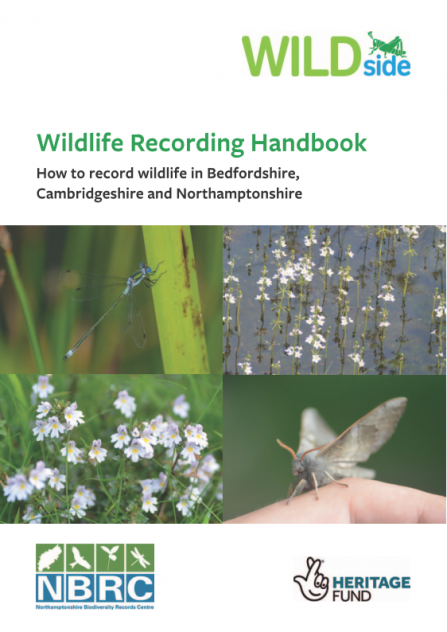Hi everyone,
Welcome to day 6 of my series of blog posts looking at biological recording and how you can get involved. We have covered a lot this week, so do check back to see what you have missed! Today’s post will look at several resources that can help with biological recording.
Social Media
Social media is a really useful tool to help with biological recording! On Facebook there is a variety of groups which cover an increasing variety of taxonomic groups, allowing everyone to get involved and post photos and ask for help with identification. If you are interested in a particular taxonomic group, it is definitely worth having a look and seeing what you can find! Some of my favourites are ‘Insects and other invertebrates of Britain and Europe’ and ‘Wild Flowers of Britain and Ireland’. A number of these groups will ask that you put your sightings on iRecord in return for them helping you identify your species. Similarly, there are lots of helpful people on Twitter who can help with identifying species. One of my favourites is that if you use the hashtag #WildflowerID , a helpful botanist usually comes along and helps you identify your plant. Social media also links up recorders, every Sunday from 8pm – 9pm, #WildflowerHour occurs where people post photos of plants they have seen in flower during the last week. Magical! Finally, the Wildlife Trust has an excellent Monitoring and Research Facebook Group where you can post your photos and ask for help with recording!
Our Recording Handbook
To assist recorders in our area with biological recording, we have produced a handbook which is available free by clicking on the image below. The handbook guides you through making a biological record, grid references and contacting your local records centre.


